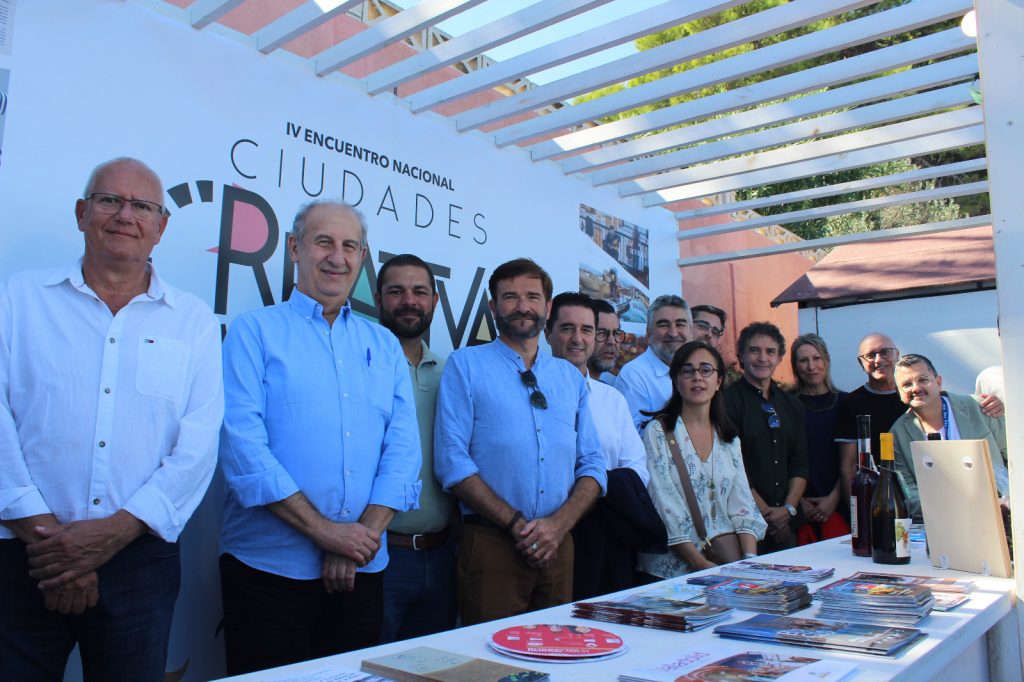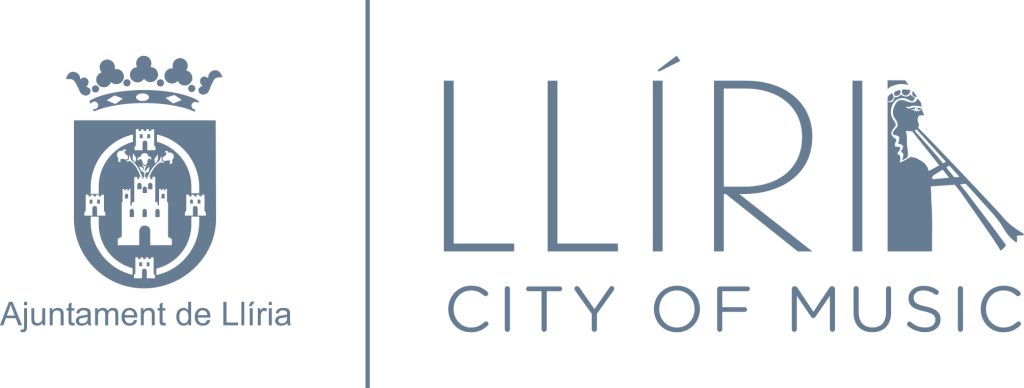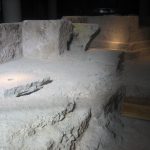THE MUNICIPALITY OF EDETANO WILL ASSUME THE FIRST VICE PRESIDENCY OF THE RECENTLY ESTABLISHED SPANISH ASSOCIATION OF CREATIVE CITIES UNESCO

The City Council of Llíria has participated, during the weekend, in the IV National Meeting of Creative Cities, which has been held in Dénia. The Mayor Joanma Miguel, the Councilor for Tourism Paco García, and the focal point of Llíria Vicent Sesé, have been part of the Edetanian delegation present at this event.
In this event, the different municipal representatives have signed the constituent agreement of the new Spanish Association of Creative Cities of UNESCO in which the capital of Camp de Túria will occupy the first vice-presidency. Burgos (Creative City of Gastronomy) will hold the presidency, Manises (crafts and popular arts) the second vice-presidency and Dénia (gastronomy) the secretariat.
The other Creative Cities that are members of the association are Bilbao (design), Terrassa and Valladolid (cinema), Barcelona and Granada (literature) and Seville (music).
The act of constitution was presided over by the permanent delegate ambassador of Spain to UNESCO, José Manuel Rodríguez, the host mayor Vicent Grimalt and representatives of the Spanish National Commission for UNESCO.
In this way, “it starts this common project that aims to spread the values of our cities and develop joint actions that generate synergies and new opportunities in our cultural and creative sectors”, highlighted the mayor Joanma Miguel.
For his part, the councilor delegate Paco García stated that the establishment of this new association “will serve to strengthen the ties of cooperation between the Spanish cities of the UNESCO Network and make creativity the basis of our sustainable local development”.
Throughout the weekend, the representatives of the municipalities have held different work meetings, in addition to participating in a cultural agenda organized by the Dénia City Council, which has had the D*na Gastronomic Festival as its central axis.










